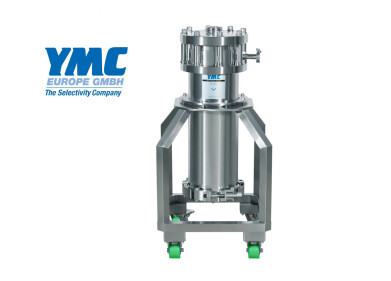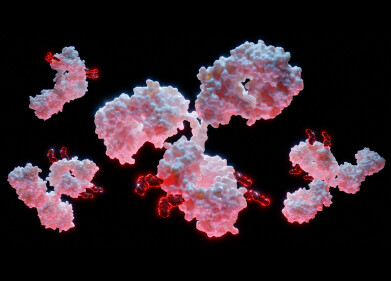Columns (LC)
Can Scientists Shift Our Circadian Rhythms? - Chromatography Explores
Oct 23 2018
Are you a night owl or morning person? Up with the larks or going to bed with the dawn chorus. Our circadian rhythm is one of the most important physiological processes that happens in our bodies. This is because – as scientists are discovering more about its role – sleep is just as important as work and play for a healthy human body and mind.
As scientists carry more research out on sleep, they are discovering just how important sleep is for all animals. The natural cycle of each day is controlled by our circadian rhythm. Not just sleep, but eating patterns too are all controlled by the physiological processes known as the circadian rhythm. A recent paper in the journal Metabolomics reports on how chromatography has helped scientists investigate more of the underlying factors in the daily rhythm of our life.
Wake, eat and sleep. Repeat forever
It is thanks to our circadian rhythm that we feel awake or drowsy at the same times each day. That mid-afternoon slump, where all you want to do is have 40-winks after lunch, is all down to your circadian rhythm. The circadian rhythm is basically a 24-hour internal clock that runs in the background while our bodies and brains get on with everything else.
The main process we associate with the circadian rhythm is our basic sleep/wake cycle – and associated energy levels. The main effects of the circadian rhythms for most adults are a dip in energy between 2am and 4am (when we are usually asleep) and between 1pm and 3pm just after lunch. These times vary depending on whether you are a morning or night time person – and the effects are reduced if you are getting enough sleep.
Affecting and measuring the cycle
Our circadian rhythms are generated endogenously – meaning they originate inside our bodies – but they can be mediated by external factors including sunlight, temperature and drugs. The rhythms are controlled by a part of the brain called the suprachiasmatic nucleus (SCN) which is found in the hypothalamus. It has recently been found that measuring metabolites from brain samples gives an indication of circadian rhythm activity.
In the paper referenced above, the researchers used liquid chromatography to analyse metabolites sampled from the SCN – the following article describes liquid chromatography method development Using Different HPLC Column Chemistries To Maximise Selectivity For Method Development. The researchers demonstrate that measuring metabolites linked to our circadian rhythm using chromatography is possible.
They demonstrated that the levels of different metabolites were different in samples taken during the daytime and at night-time. The team also demonstrated that manipulation of electrical activity in the brain might be linked to fluctuations in the circadian rhythm. So, it might be possible to shift our circadian rhythm, as measured by chromatography.
Events
Apr 22 2025 Kintex, South Korea
Analytica Anacon India & IndiaLabExpo
Apr 23 2025 Mumbai, India
Apr 27 2025 Portland, OR, USA
May 11 2025 Vienna, Austria
May 18 2025 Tempe. AZ, USA












